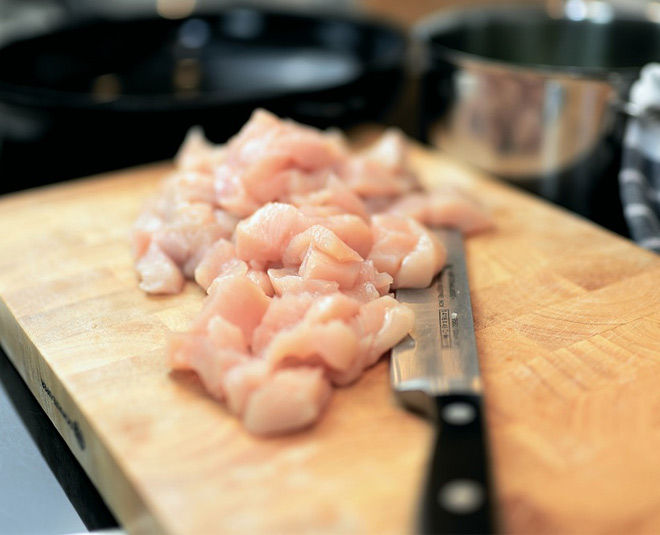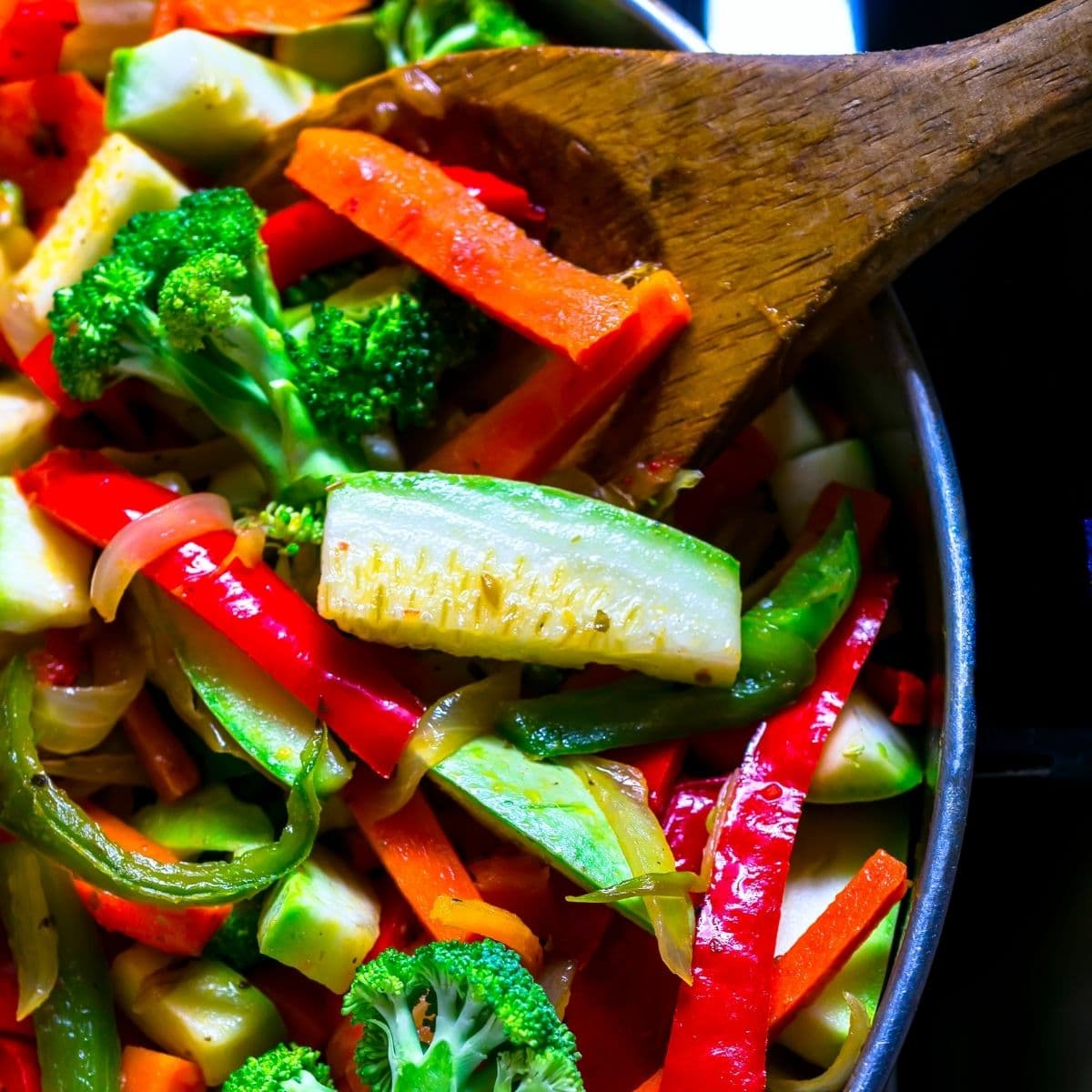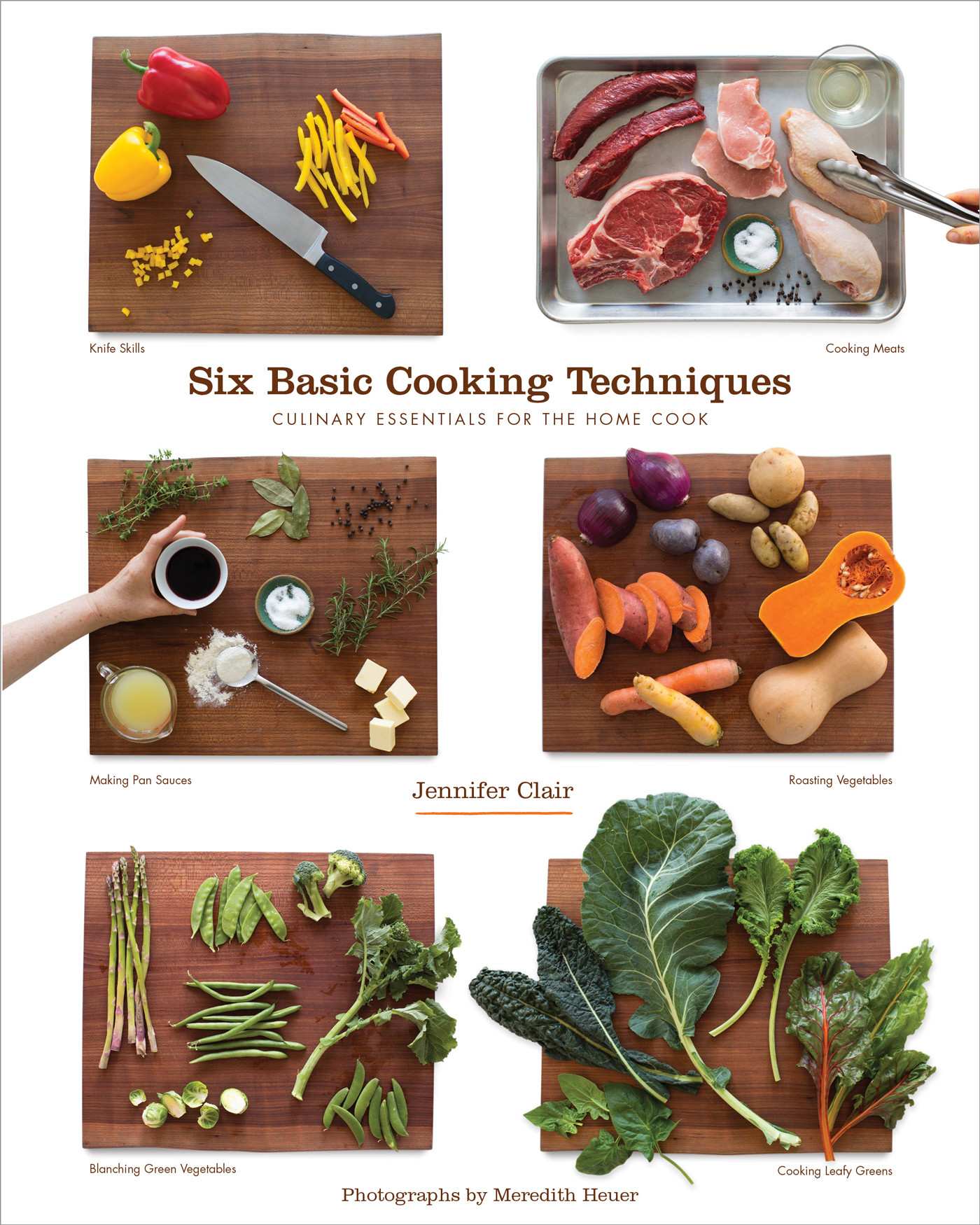
Healthy cooking doesn't have to be a trend. You can make your own broths and stocks to control the amount of sodium and fat in your food. Local ingredients are best. Make sure to take the temperature of your food in order to verify it is properly cooked. It's worth it. These are just some of the other tips that will help you get started. You'll be surprised at just how easy it is to make healthier meals at home.
Healthy cooking isn’t a fad
A healthy way to improve the quality and health of your life is to cook healthier. Healthful cooking isn’t just a passing fad. Food companies, from Campbell Soup to PepsiCo, aren't just following a trend. They actively make healthier food choices and expand their retail distribution.
Making your own stock or broths allows you to control the sodium and fat in your meals.
Making your own broths can be both nutritious and delicious. For a caramelized flavor, bone can be roasted to give the product a rich and earthy flavour. Veal bones, especially the cartilage, add gelatin and collagen to the finished stock. If you're vegetarian, stock can be substituted for vegetable stock in a number of recipes. Bone broth has many uses and can be frozen for later use.
Vegetable stock can be used in many different ways. Mix vegetables, onions, and potatoes with sweetener/thickening agents. It can be used to make thick stews, gravies and sauces as well as Swedish meatballs. Turkey stock uses vegetables and other spices. It is also a great way of using leftover pot pie. Don't be afraid if you don't enjoy beef stock or chicken stock. There are many options when it comes to turkey and chicken stock.

The best way to tell when something is done is to measure the internal temperature of your food.
A food thermometer, which is an excellent tool for cooking poultry and meat, is the best. While the outside may look cooked, it isn't always. Your meat may still be raw in the middle. While this may be tempting to do, it's also not a very accurate indicator of doneness.
Food that is cooked at the right temperature kills harmful bacteria. It can lead to food poisoning if the food isn't cooked at a safe temperature. As a general rule, the food's internal temperature should be high enough to allow steam to escape. Test this by inserting your knife into the meat or poultry's center.
Using local ingredients
Locally sourced ingredients are one of the best ways for restaurant owners to attract customers. It's possible to overcharge customers for locally sourced ingredients. But, using seasonal ingredients will ensure that your restaurant costs are kept low. You can also use USDA’s Mixing Bowl for recipes that are based only on what is readily available. You can create seasonal menus by using seasonal ingredients without needing to purchase items that are not in season.
Locally sourced food has many benefits. Local farmers are more likely to produce fresher and better-tasting meats and vegetables than farmed counterparts. Local farmers can be a great way to support the local economy. Choosing locally sourced produce and meats will help reduce your carbon footprint and support local businesses.

FAQ
How Much Does it Cost to Learn Culinary Arts Skills?
It is not easy to find a culinary arts degree that costs less than $40,000. A four-year degree usually costs around $40,000. On the other hand, a two-year associate's degree may cost less than $5,000. Tuition rates depend on the type of program you select. Public institutions are more expensive than private institutions.
What is the average time it takes to become a chef? What is the average career path in this field?
It takes five years to become a chef. This time you'll learn the basics of cooking and work as a cook assistant. You can apply for line, sous or executive chef positions after you complete your training. The annual average salary of a chef is $25,000-$60,000.
Where can I get free online cooking lessons
Many websites offer cooking lessons for free. YouTube is a great place to search for cooking videos. You may have access to thousands upon thousands of recipes on some websites. You will need to pay a monthly subscription, but you can still try the site for free for 30 day.
Is there any special equipment that is required to cook?
No, you don't need any special equipment to learn to cook. The right tools can make cooking much easier. For example, a knife could be used for pasta making or a whisk would be better than a hand mixer for whipping egg whites to stiff peaks. Having the right tools can make cooking less daunting and allow you to get started faster.
Who is the best path to a career in chef work? How do I get started as a chef?
As an apprentice, you can start your journey to becoming a chef. Apprenticeships allow you to work for several years without paying any tuition fees. You can apply to become a sous-chef after you have completed your apprenticeship. Sous chefs supervise cooks and assist them with tasks like making salads and desserts. They also oversee the restaurant's operations.
What skills are required to enter a culinary school?
A chef's job requires you to be able cook well under pressure and understand food safety regulations. Cooking classes can be taken at high schools and community colleges to learn the basics of cooking. After mastering the basics, you'll be able to apply for a job at a catering or restaurant.
Statistics
- In the United States, the category is estimated at $23.2 billion annually and is growing faster than the market. (washingtonpost.com)
- The median pay for a chef or head cook is $53,380 per year or $25.66/hour, according to the U.S. Bureau of Labor Statistics (BLS). (learnhowtobecome.org)
- You'll be amazed that over 90% of CIA students receive scholarships and grants to finish their culinary studies. (ischoolconnect.com)
External Links
How To
How to make a perfect eggroll
Omelets have always been a favourite food to eat for breakfast. But how do they turn out so perfectly? I've tried many different methods and recipes, but none of them seem to work! Today, I'd like to share some tips with you in order to make delicious and fluffy omelets every day.
First, eggs can be very temperamental ingredients for making omelets. It is important that eggs are fresh from an organic market and kept cool until used. If they are not kept cold enough, the whites won’t form properly. The yolks will also break down too quickly and become runny. This can make your omelets look bizarrely colored. If you intend to cook your eggs immediately, it's best to use room-temperature egg.
You can also separate the egg before you add it to the pan. Because this could cause your omelet to become curdled, you don't want any yolk to be mixed with any white.
You might burn the bottom of the egg if you place the egg directly on the stovetop. This could ruin the texture of your omelet. Instead, microwave the egg for 10 seconds before adding it to the pan. The microwave heat is sufficient to cook the egg without overcooking.
Next, let's discuss mixing the eggs. When you mix eggs together, you want to beat them well. To do this, take the bowl from the mixer and flip it upside-down. Next, shake the bowl vigorously. By doing this, the egg is thoroughly mixed with the air in the bowl.
Now comes the fun part - pouring the milk into the mixture. Fold the eggs in the milk mixture by first pouring half of it into the egg whites. Do not worry if you see streaks of egg; they will disappear when the omelet is flipped.
After folding the eggs fold the pan onto medium heat. When the oil starts to hot, wait for the pan to cook. Once the oil starts getting hot, add 1/4 cup of butter to the pan and swirl it around to coat the entire surface of the pan. Carefully open the pan's lid and add salt to the pan. A pinch of salt will help prevent the omelet from sticking to the pan.
Cover the pan once you have formed the omelet. Wait for the top to set. Use a spatula to flip the omelet or turn the pan upside-down. Cook the other side for about a minute. Serve the omelet immediately by removing it from the pan.
This recipe works best with whole milk, but skimmed milk also works.